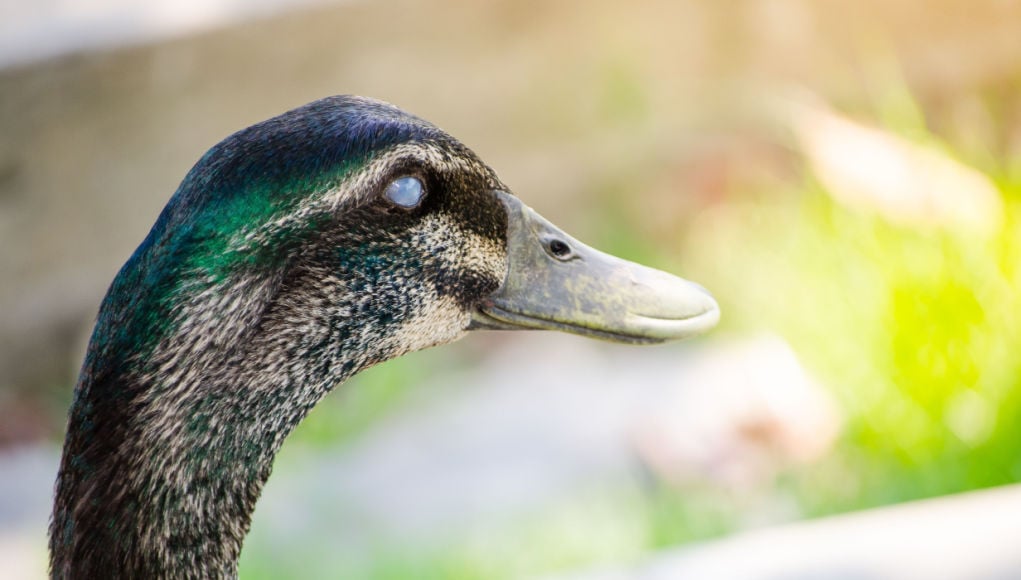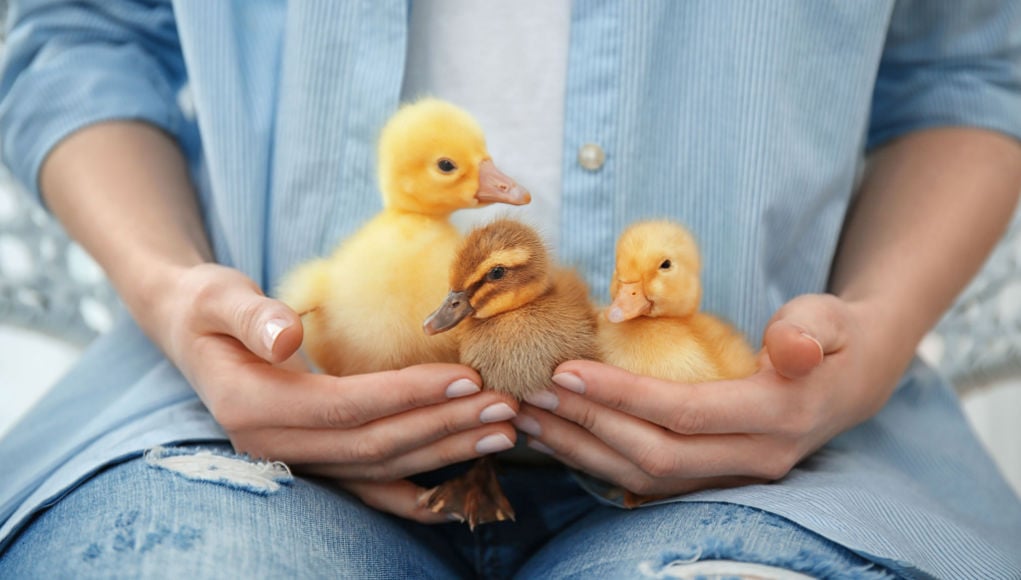鸭子是susceptible to a variety of diseases, some of which can be quite serious.
In this blog post, we’ll take a look at the most common duck diseases and their symptoms and treatments.
So if you’re a duck owner, it’s important to be familiar with these diseases so that you can quickly identify anypotential problemsand get your ducks the treatment they need.
Let’s get started!

Common Duck Diseases to Watch Out For
As any duck owner knows, these creatures make big messes, and they are not the easiest to take care of. In addition to their daily needs, ducks are also susceptible to a number of diseases.
而大多数这些鸭疾病是可以治疗的ith medication, it is important to be aware of the symptoms so that you can catch the problem early.
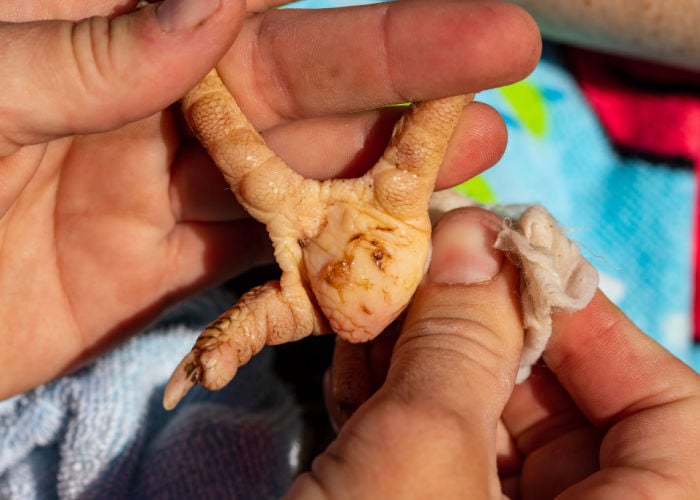
Bumblefoot
Bumblefoot is a bacterial infection of the footpad that can occur in ducks.
The infection is usually caused by Staphylococcus bacteria, and it can lead to swelling, redness, and pain in the affected foot.
In severe cases, the infection can spread to the bones and joints, causing serious damage.Bumblefootis most commonly seen in pet ducks but can also occur in wild birds.
Treatment typically involves antibiotics and pain relief, but in severe cases, surgery may be necessary.
With prompt treatment, most ducks recover from bumblefoot without any long-term complications.
Sticky Eye
鸭子是susceptible to a condition known as sticky eye, which is caused by a build-up of debris on the surface of the eye.
The debris can be anything from dust to pollen, and it can cause the eye to become irritated and inflamed. In severe cases, sticky eyes can lead to blindness.
To prevent this condition, it is important to keep ducks’ living quarters clean and free of debris.
Ducks should also be regularly checked for any signs of irritation or inflammation.
If a sticky eye is detected early, it can often be treated with a simple cleaning regimen. However, if the condition is allowed to progress, it can cause permanent damage to the eye.
Prolapsed Vent
A prolapsed vent is a condition that can affect ducks and other birds. It occurs when the rectum or cloaca is pushed out of the body, usually as a result of straining.
This can happen during laying, when the bird is constipated, or when it suffers from diarrhea.
In some cases, a prolapsed vent can be treated by gently pushing the organ back into place. However, if the prolapse is severe or persistent, it may need to be surgically repaired.
In addition to being uncomfortable, a prolapsed vent can also lead to infection and other serious health problems.
Wet Feather
Wet feather is a condition where the feathers of a duck are waterlogged and unable to provide insulation.
This can happen if the duck is kept in a wet environment, or if it gets wet and is unable to dry off properly.
Wet feathers can lead to hypothermia, as the feathers are no longer able to trap heat effectively. In severe cases, it can be fatal.
Ducks with wet feathers should be dried off as soon as possible, and placed in a warm, dry environment.
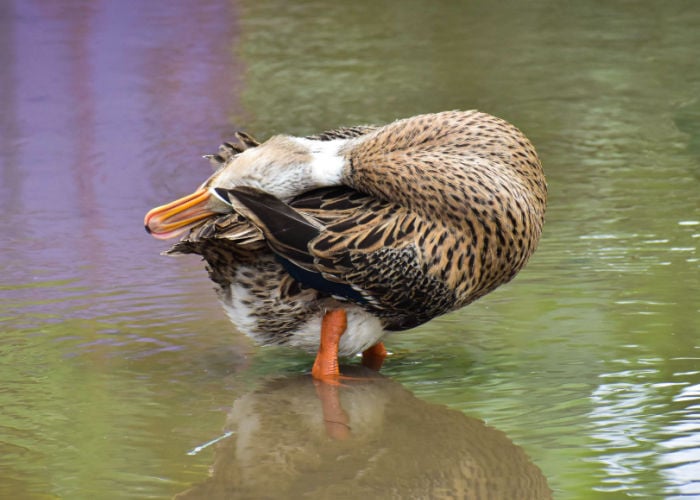
Wry Neck
Wry neck is a condition that can affect ducks of all ages. The most common symptom is an abnormal head position, which can make it difficult for the duck to eat or drink.
In severe cases, the neck may become twisted and the duck may even be unable to stand.
Wry neck is caused by a number of things, including viral infections, bacteria, toxins, and trauma. It can also be a sign of other underlying health problems.
Treatment depends on the cause of the wry neck but may include antibiotics, anti-inflammatory drugs, and supportive care.
Impacted Crop
An impacted crop occurs when a duck’s crop becomes too full of food and water, resulting in a hard, compacted mass.
This can happen if a duck drinks too much water or eats too much food at one time. Impacted crops can also be caused by eating foreign objects, such as stones or bits of plastic.
If left untreated, impacted crops can lead to life-threatening problems, such as difficulty breathing or swallowing.
Fortunately, there are several things that duck owners can do to prevent this condition.
First, ducks should be given access to fresh water at all times. Second, their diet should be balanced and free of any foreign objects.
Finally, regular check-ups with a veterinarian can help to identify any potential problems early on.
Arthritis
Arthritis is a degenerative joint disease that affects the cartilage, bones, and muscles surrounding the joints.
It can be caused by an injury, infection, or inflammation, and it often leads to pain, stiffness, and reduced mobility.
While arthritis is most commonly seen in older ducks, it can also occur in younger birds.
Ducks with arthritis often have difficulty walking and may develop deformities in their bones and joints. In severe cases, arthritis can be fatal.
There are several treatment options available for ducks with arthritis, including physical therapy, medication, and surgery.
However, the best way to prevent the disease is to maintain a healthy weight and keep the joints strong and flexible.
Avian Influenza
Avian influenza, more commonly known as bird flu, is a contagious respiratory disease that affects birds.
While most bird flu viruses do not cause serious illness in birds, some strains can be deadly.
One such strain is the H5N1 virus, which has caused numerous outbreaks in poultry populations around the world.
The H5N1 virus is particularly worrisome because it can sometimes infect humans, causing severe respiratory illness.
Ducks are especially susceptible to avian influenza and can act as reservoirs for the virus, providing a source of infection for other birds and animals.
Fortunately, there are steps that farmers and others can take to prevent the spread of avian influenza, such as vaccinating poultry and segregating sick birds from healthy ones.
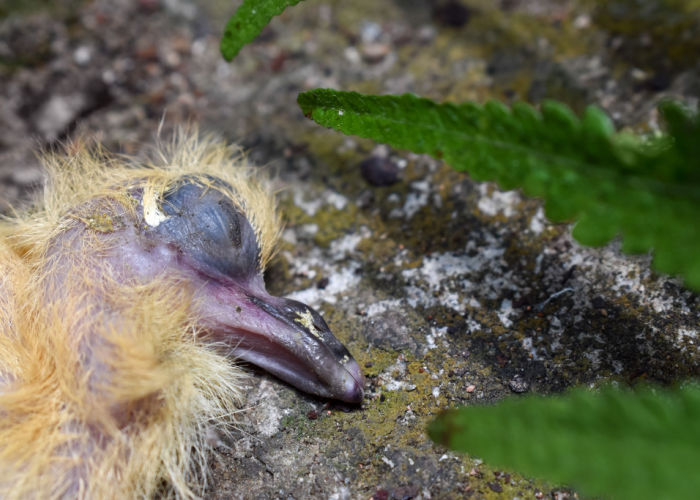
Botulism
Botulism is a potentially fatal disease caused by a bacterium calledClostridium botulinum.
The bacteria are found in soil and water and can be ingested by ducks when they eat contaminated food or water.
Once inside the duck’s body, the bacteria begin to produce a toxin that affects the nervous system, leading to paralysis and death.
Botulism is most commonly seen inwild ducks,but domestic ducks can also be affected.
In recent years, there have been several outbreaks of botulism in duck farms, leading to the death of thousands of birds.
While there is no cure for botulism, ducks can be vaccinated against the bacteria, and farmers can take steps to reduce the risk of contamination.
Pasteurella anatipestifer
巴斯德菌anatipestifer我可以是一个细菌nfect ducks. The bacteria are found in the environment, and ducks can become infected if they come in contact with contaminated water or food.
The infection usually affects the respiratory system, but it can also cause septicemia.
Symptoms of the infection include sneezing, coughing, and diarrhea. If left untreated, the infection can be fatal.
Pasteurella anatipestifer is treatable with antibiotics, but prevention is the best method of control.
Duck Virus Enteritis
Duck Virus Enteritis (DVE) is a highly contagious and often fatal disease that primarily affects ducks.
The virus is typically spread through contact with contaminated water, and it can quickly infect an entire flock.
Symptoms of DVE include lethargy, loss of appetite, dehydration, and bloody diarrhea. In severe cases, the virus cancause neurological problems and death.
There is no cure for DVE, and the best way to prevent the disease is to maintain clean water sources and practice good biosecurity measures.
Egg Binding
Egg binding is a serious condition that can affect ducks and other poultry. It occurs when the eggs are unable to pass through the duck’s body and become stuck inside.
This can be caused by a number of factors, including malnutrition, dehydration, or a lack of calcium.
Egg binding can be fatal if left untreated, so it is important to watch for signs of distress in your ducks.
Early symptoms include listlessness, decreased appetite, and nesting behavior. If you suspect that your duck may be egg bound, contact a veterinarian immediately.
Treatment typically involves manually removing the eggs and providing supportive care.

Fowl Cholera
Fowl cholera is a highly contagious disease that affects ducks and other waterfowl.
The disease is caused by a bacterium calledPasteurella multocida, which is found in the environment, particularly in wet or marshy areas.
When waterfowl come into contact with contaminated water or food, they can become infected with the bacteria.
Symptoms of fowl cholera include lethargy, loss of appetite, ruffled feathers, and pneumonia.
The disease can be fatal if left untreated, so it’s important to seek veterinary care if you suspect your duck may be sick.
Duck Virus Hepatitis
Duck Virus Hepatitis is a highly contagious viral disease that affects ducks and geese.
The virus is spread through contact with contaminated water, food, or cages, and can cause severe liver damage and death.
Symptoms of the virus include loss of appetite, lethargy, and swelling of the head and neck.
In severe cases, ducks may also experience difficulty breathing, internal bleeding, and seizures.
There is no specific treatment for Duck Virus Hepatitis, and it is often fatal. However, ducks can be vaccinated against the virus, and good hygiene practices can help to prevent its spread.
Parasites, Lice, and Mites
Lice, mites, and parasites can all be found on ducks. While lice are visible to the naked eye, mites and parasites are much smaller and can only be seen with a magnifying glass or microscope.
All three of these pests can cause problems for ducks, including skin irritation, feather loss, and anemia.
Lice feed on feathers and skin, while mites burrow into the skin to feed on blood. Parasites can live in the digestive system of ducks, causing weight loss and malnutrition.
Signs of infestation include feathers that appear ruffled or damaged, bare patches of skin, and excessive scratching.
If you suspect your duck has any of these pests, it’s important to take them to a vet for treatment.
Best Disease Prevention Tips for Ducks
Duck owners often fear their beloved pets will catch a cold or some other disease.
However, there are several simple steps you can take to help keep your ducks healthy and reduce their risk of illness.
Provide Clean Water
First, make sure they have access to clean, fresh water at all times. Ducks love to splash around and get dirty, so their water needs to be changed frequently.
Have a Good Biosecurity Program
鸭子是susceptible to a wide range of diseases, many of which can be fatal. As a result, it is essential to have a good biosecurity program in place to help protect your flock.
Some simple steps that you can take to reduce the risk of disease include:
- Maintaining clean and dry housing
- Preventing contact with wild birds
- Providing clean water
Additionally, it is important to quarantine new birds before introducing them to the flock.
Keep Things Clean
One of the most important things inraising ducksis to keep their living area clean. This includes regular cleaning of their water dish and removing any spilled food or waste.
It’s also important to clean up any standing water, as this can provide a breeding ground for mosquitoes and other pests.
In addition, you should avoid overcrowding ducks in their living space.
This can increase the likelihood of disease spreading, so make sure to provide plenty of room for them to move around.
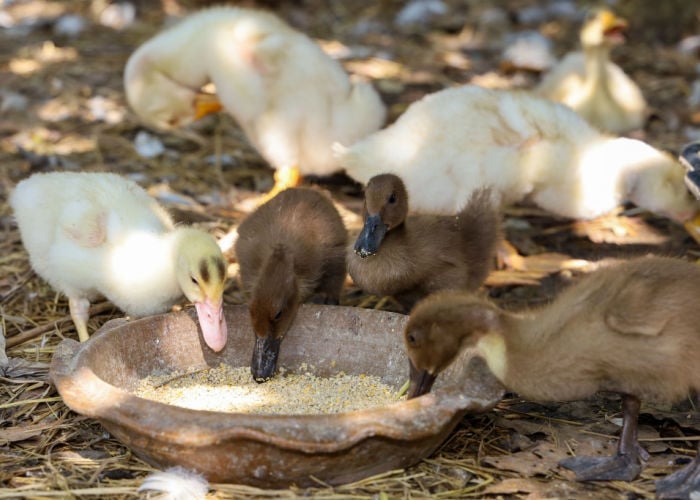
Provide a Balanced Diet
Ducks are omnivorous animals, which means they need a diet that includes both plant and animal material to stay healthy.
A balanced diet for a duck should consist of about 20% protein and 80% carbohydrates.
While ducks do not need as much protein as other animals, it is still an essential part of their diet.
The best sources of protein for ducks are insects, earthworms, and other small aquatic creatures.
In terms of carbohydrates, ducklings should have access to a variety of different grains, such as wheat, corn, and rice.
Adult ducks can also benefit from eating leafy greens, such as lettuce and spinach.
By providing abalanced diet for ducks, you can help to prevent duck diseases and ensure that they remain healthy and happy.
Immunize Ducks
近年来,已经有增加number of diseases that have spread among ducks. Immunizing ducks is one way to help prevent the spread of these diseases.
When ducks are immunized, they develop antibodies that help to protect them from infections.
As a result, immunized ducks are less likely to contract diseases and can even help to prevent the spread of disease to other ducks.
In addition, immunizing ducks is a relatively simple and low-cost process, making it an effective way to protect flocks from duck diseases.
Minimize Environmental Stressors
While ducks are generally hardy animals, they can be susceptible to disease if they experience too much stress.
Stressors can include overcrowding, poor water quality, and lack of access to food and shelter. By minimizing these stressors, you can help keep your ducks healthy and free from disease.
Duck Diseases: Final Thoughts
Duck diseases can be serious, so it’s important to take steps to prevent them.
By being aware of the symptoms and treatments for the most common duck diseases, you can start planning today to keep your flock healthy and thriving.
Have you ever had to deal with duck disease? Let us know in the comments below!

